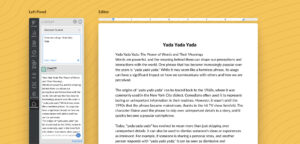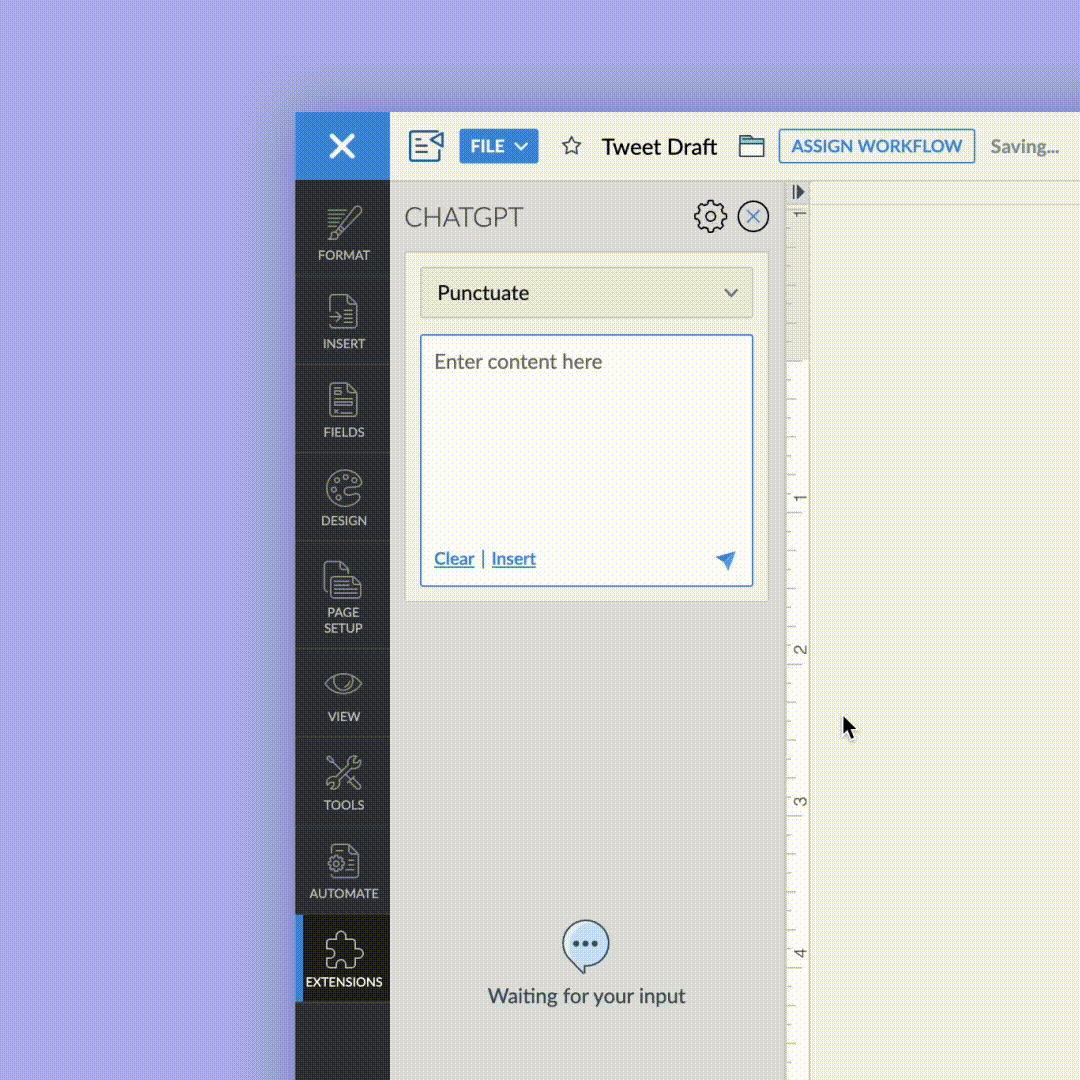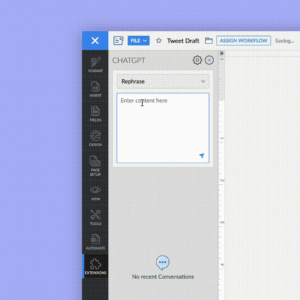
Unleashing the Power of AI Chatbots
Welcome to this article where we will delve into the fascinating world of AI chatbots and their impact on various industries. This topic is inspired by a recent YouTube live session titled “AI In Chatbots: Unleashing their Power” which provided valuable insights into the capabilities and potential of AI chatbots. We will explore the fundamentals of chatbots, their types, and how AI-driven chatbots are transforming customer service and beyond. Join us as we uncover the power of AI chatbots in this exciting journey.
Understanding Chatbots:
Chatbots have become increasingly prevalent in our digital landscape. They are automated software applications designed to simulate human-like conversations with users. These intelligent programs leverage artificial intelligence techniques to interpret and respond to user queries in real time. Let’s start by gaining a deeper understanding of the foundations of chatbots discussed during the live session.
Types of Chatbots:
During the YouTube live session, we discovered different types of chatbots that cater to specific requirements:
– Machine Learning Chatbots: These chatbots utilize machine learning algorithms to improve their responses based on user interactions. They learn from data and continuously adapt to provide more accurate and context-aware responses.
– AI-Powered Chatbots: AI-powered chatbots leverage advanced technologies like natural language processing (NLP) and machine learning. They possess a deeper understanding of user intent and can deliver more sophisticated and personalized responses.
– Rule-Based Chatbots: Rule-based chatbots follow predefined rules and decision trees to provide responses. They are typically used for simpler tasks and don’t incorporate advanced AI capabilities.
Revolutionizing Customer Service and Beyond:
AI chatbots have gained significant traction for their ability to transform customer service and extend their impact to other industries. Let’s explore some key areas where AI chatbots are making a profound difference:
– Enhanced Customer Service: In the YouTube live session, we learned how AI chatbots revolutionize customer service by offering 24/7 support, reducing response times, and delivering consistent service quality. They handle a high volume of customer queries simultaneously, resulting in reduced wait times and increased customer satisfaction.
– Personalized Experiences: AI chatbots analyze user data and preferences to provide personalized recommendations and suggestions. By understanding individual needs, chatbots create tailored experiences that resonate with customers, leading to higher engagement and loyalty.
– Efficient Task Automation: During the live session, we explored how chatbots streamline repetitive tasks, such as answering frequently asked questions and processing routine transactions. This automation saves time and resources, allowing human agents to focus on more complex and value-added activities.
– Improved Lead Generation: AI chatbots play a crucial role in lead generation by engaging potential customers in interactive conversations. They gather valuable data and qualify leads, nurturing prospects through personalized interactions and increasing conversion rates.
ChatGPT:
We also looked at ChatGPT. ChatGPT is an advanced language model developed by OpenAI, designed to engage in dynamic conversations and generate human-like responses. In our practice session, we explored the capabilities of ChatGPT and experienced its ability to understand and provide contextually relevant answers. This powerful tool utilizes deep learning techniques and vast amounts of training data to offer detailed and accurate responses in various conversational scenarios. The versatility of ChatGPT makes it an invaluable asset in enhancing the functionality and effectiveness of AI chatbots.
Conclusion:
In this article, we have explored the dynamic world of AI chatbots and their transformative influence on various industries. Inspired by the enlightening YouTube live session on “AI In Chatbots: Unleashing their Power,” we have examined the fundamentals of chatbots, their different types, and the impact of AI-driven chatbots on customer service and beyond. As technology continues to advance, the potential of AI chatbots will only grow, shaping the future of customer interactions and automation. Embrace the power of AI chatbots to revolutionize your business and enhance customer experiences like never before.












Recent Comments